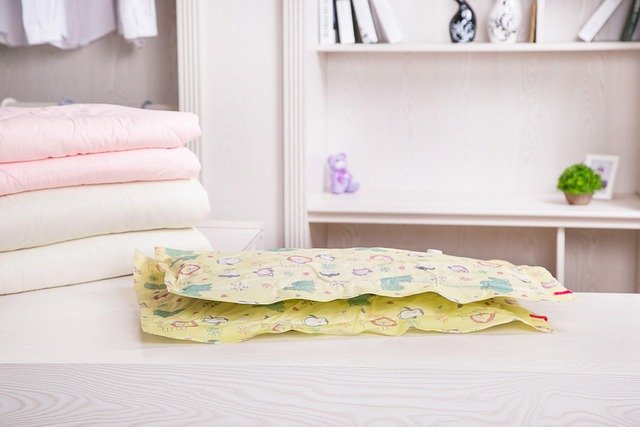Practical Guide to Choosing and Using a Shoe Rack
A shoe rack is a simple piece of furniture that can change the way you store and access shoes, bringing order to entryways, closets, and bedrooms. Beyond holding footwear, a thoughtfully chosen shoe rack saves floor space, protects shoes from damage, and helps keep seasonal or often-used pairs visible and ready. This guide explains types of shoe racks, how they affect storage and organization, what to consider when integrating one with other furniture, and practical tips for maintaining a tidy shoe area.

What is a shoe rack and why use one?
A shoe rack is a dedicated storage unit designed to store shoes in an organized, accessible way. Racks come in open-shelf, enclosed cabinet, stackable, hanging, and rotating designs. Using a shoe rack prevents shoes from piling up on floors or in corners, reduces wear from being stepped on or crushed, and speeds up daily routines since you can see and reach pairs quickly. For households with multiple occupants or limited closet space, a shoe rack establishes an orderly system that’s easy to maintain.
How does a shoe rack help with shoes and access?
A good shoe rack improves access by grouping shoes by frequency of use, season, or type—work shoes, casual sneakers, and boots can each have designated spots. Open racks offer quick visual reference, while enclosed racks protect shoes from dust and curious pets. For people with mobility considerations, lower shelves or angled displays make it easier to pick shoes up without bending deeply. Choosing adjustable shelves or modular units allows you to accommodate tall boots or high heels without wasting vertical space.
What storage styles suit different spaces?
Storage needs vary by room and available square footage. Narrow, vertical shoe towers work well in tight entryways; bench-style racks combine seating with shoe storage for easy putting-on and taking-off near doors; under-bed shoe organizers maximize otherwise wasted space; and closet-specific racks fit inside wardrobe systems to keep shoes out of sight. Consider materials: metal and plastic suit humid areas, while wood offers a warmer look for living spaces. Match the style to the room’s function so storage feels integrated rather than intrusive.
How to use a shoe rack for better organization?
To keep a shoe rack effective, adopt simple organization habits. Rotate seasonal shoes—store summer sandals in boxes during winter and swap for boots when needed. Use labels or color-coded markers for family members’ sections to prevent mix-ups. Place daily footwear on the most accessible shelves and reserve higher or lower tiers for infrequent pairs. Maintain a regular decluttering habit: donate or recycle shoes that are worn out or unused for more than a year. Small additions like non-slip shelf liners or breathable shoe bags can prolong shoe life and keep racks tidy.
How does a shoe rack fit into furniture layouts?
A shoe rack should complement surrounding furniture and traffic flow. Bench shoe racks serve dual roles as seating and hidden storage near doors, while shallow racks under console tables use entryway depth without blocking pathways. In bedrooms, placing a low shoe rack inside or beside a closet keeps the floor clear and pairs organized near clothing. For multipurpose rooms, choose a rack whose finish and scale align with nearby furniture—coordinating materials like wood grains or metal tones helps the piece look intentional rather than utilitarian.
Conclusion
A well-chosen shoe rack supports both practical storage and everyday convenience. By selecting the right style for your space, organizing shoes by use and season, and integrating the rack with existing furniture and routines, you can protect footwear, reduce clutter, and make daily dressing smoother. Regular curation and simple maintenance will keep the shoe rack functioning as an efficient element of home organization.






